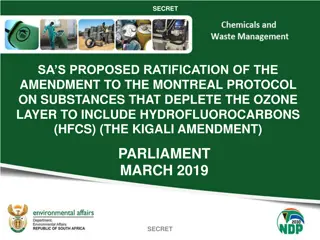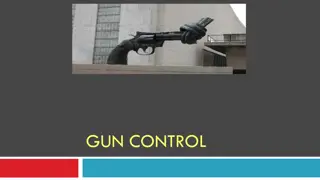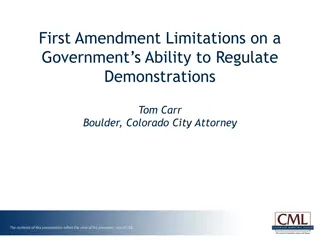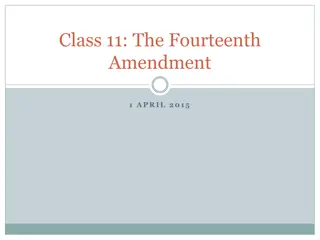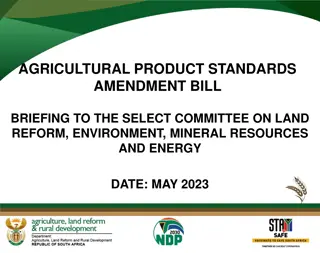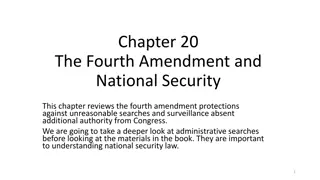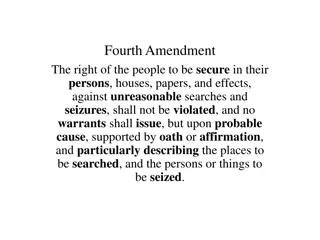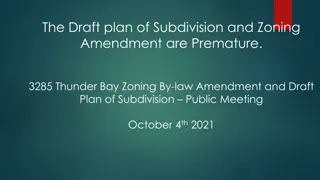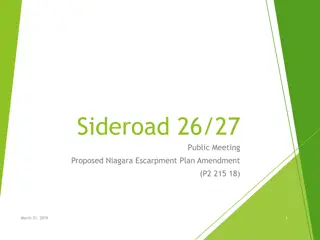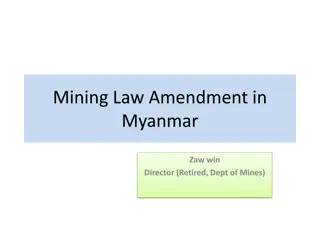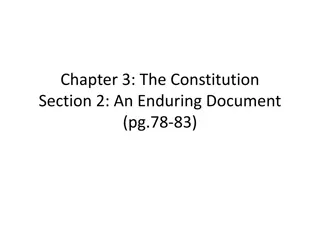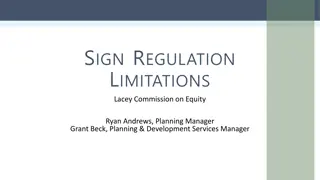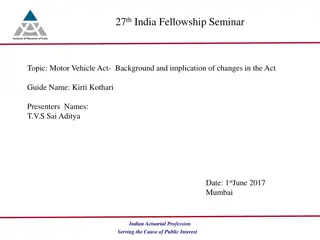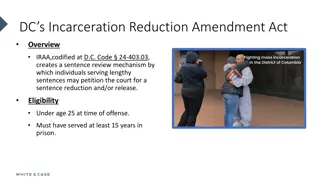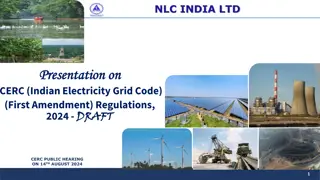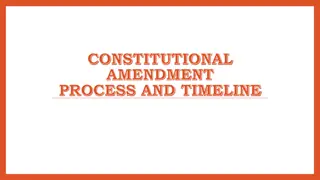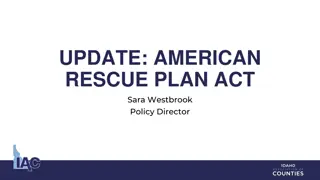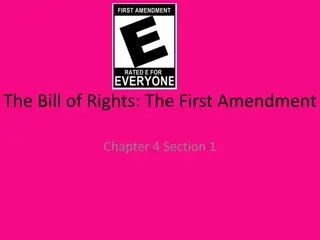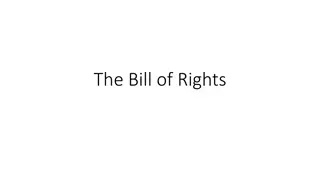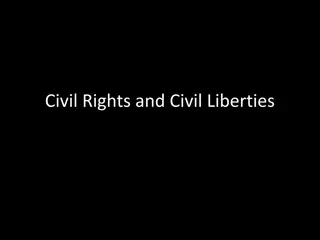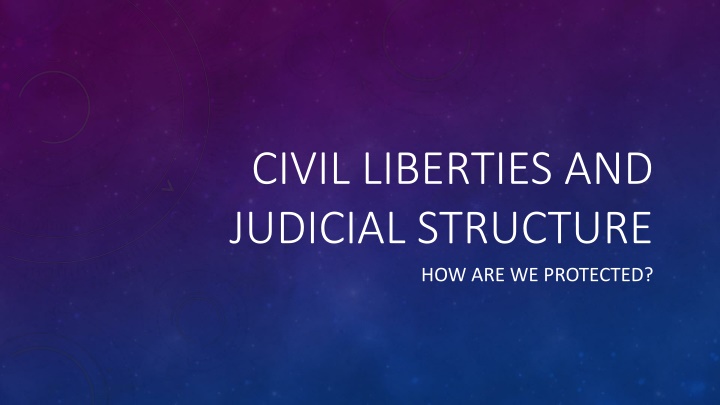
Protecting Civil Liberties: Supreme Court & Judicial System Overview
Learn how civil liberties are protected through Supreme Court rulings and the structure of the judicial system. Understand how cases reach the Supreme Court, its decision-making process, and the role of opinions. Explore judicial philosophies and the essential freedoms outlined in the First Amendment.
Download Presentation

Please find below an Image/Link to download the presentation.
The content on the website is provided AS IS for your information and personal use only. It may not be sold, licensed, or shared on other websites without obtaining consent from the author. If you encounter any issues during the download, it is possible that the publisher has removed the file from their server.
You are allowed to download the files provided on this website for personal or commercial use, subject to the condition that they are used lawfully. All files are the property of their respective owners.
The content on the website is provided AS IS for your information and personal use only. It may not be sold, licensed, or shared on other websites without obtaining consent from the author.
E N D
Presentation Transcript
CIVIL LIBERTIES AND JUDICIAL STRUCTURE HOW ARE WE PROTECTED?
TODAYS OBJECTIVE After today s lesson, students will be able to Discuss the Supreme Court rulings that protect and limit certain First Amendment Rights Explain the structure of the judicial system that protects those First Amendment Rights Essential Skill: Gather information and draw conclusions
HOW DOES A CASE REACH THE SUPREME COURT? 1) Original Jurisdiction When the U.S. is involved in a case 2) Writ of Certiorari A request of the Supreme Court for a lower court to send up the records for a case to review 3) Certificate on a Rule A lower court s question on a certain legal procedure
WHAT CAN THE SUPREME COURT DO? 1) Hear it and decide the case! 2) Send it back to the lower courts for reconsideration 3) Nothing! Lower courts decision stands
WRITING OPINIONS 3 Types of Opinions 1) Majority Opinion opinion agreed upon by a majority of the justices 2) Concurring Opinion written by a justices or justices who agree with the majority opinion, but not with the reasoning behind the decision 3) Dissenting Opinion written by a justice or justices who disagree with the majority opinion Majority opinion becomes precedent Standards or guides to be followed in deciding similar cases in the future Ex. Roe v. Wade (abortion)
JUDICIAL PHILOSOPHY 2 Types of Philosophies 1) Judicial Activism The court should play a more active role in creating national policies and answering questions of conflict in society given current conditions and changes in society 2) Judicial Restraint The court should operate strictly within the limits of the Constitution and only answer questions if a clear violation of the Constitution is present. Policy making should be left up to the executive and legislative branches Follow precedent
WHAT ARE THE 5 FREEDOMS IN THE FIRST AMENDMENT? Religion You can believe what you want, belong to any religion or no religion Speech You can voice your opinions using words, symbols, or actions Press The government cannot censor information in newspapers, online news sources, TV broadcasts, etc. Assembly You can gather in a group if peaceful and lawful Petition You can criticize the government and you can complain about policies that affect you negatively and ask for change or use the court system
WHAT FREEDOM IS MOST IMPORTANT? Rank the freedoms 1 to 5 based on importance (1 most important 5 least important) Four rounds of voting Be prepared to explain why you voted after each round
WINNING FREEDOM If you only had freedom of __________, would these events have been/be possible? Martin Luther King Jr. s I Have a Dream speech on the National Mall The Washington Post uncovering the Watergate scandal Women gaining the right to vote An all-night prayer vigil in memory of a fallen soldier The creation of a Website that details the sources of politicians campaign contributions
COURT CASES Read through the summary of each case with your partner Using your 19.3 notes, decide whether or not each form of speech is protected by the First Amendment If it is not protected, explain why underneath the summary
CONCLUSION Reflect on the process of the Supreme Court (appointing judges, structure, how cases reach the courts, or how decisions are made) do you think that the process is fair and democratic, or should their changes be made?

![RE: ELECTORAL MATTERS AMENDMENT BILL [ B42-2023]](/thumb/18837/re-electoral-matters-amendment-bill-b42-2023.jpg)
